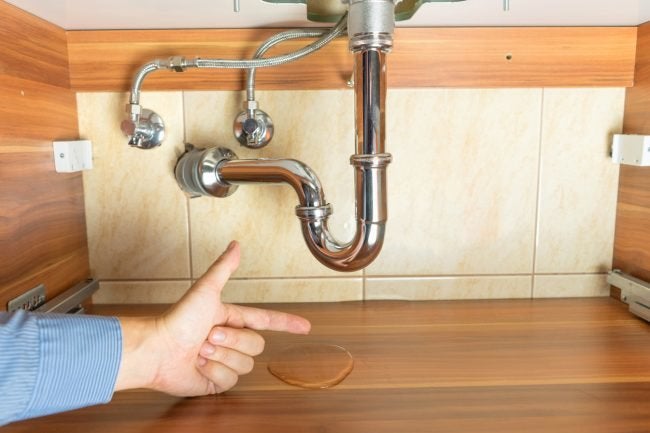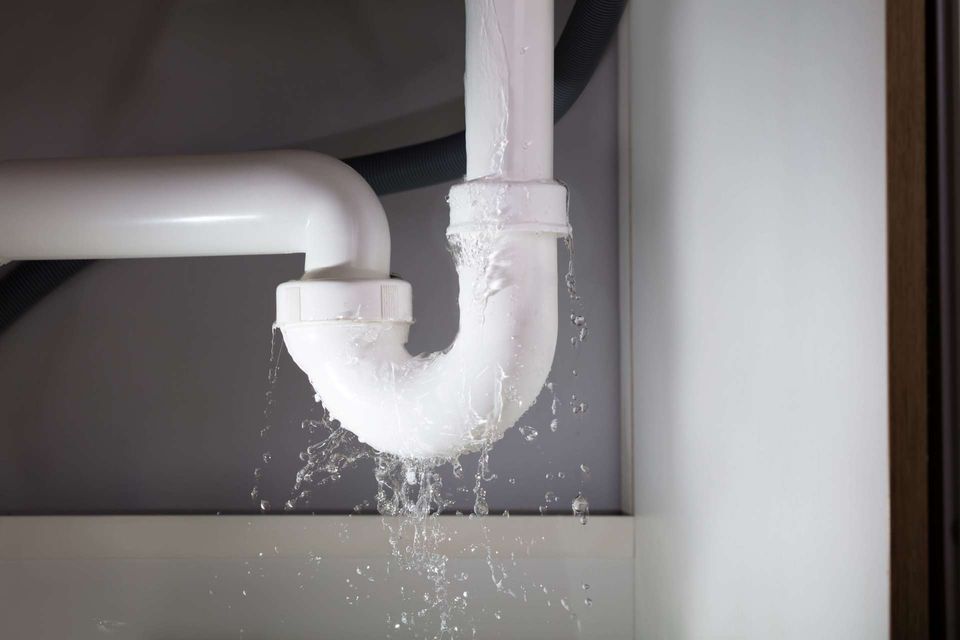What're your insights and beliefs about Hacks to detect leaks?

Early discovery of dripping water lines can mitigate a prospective catastrophe. Aside from conserving you cash, it will decrease the worry as well as irritation. The moment you locate a leakage, calling your plumber for repair work is the best remedy. Some small water leakages may not be noticeable. Right here are some hacks that aid if you can not discover it with your nude eyes.
1. Check Out the Water Meter
Every home has a water meter. Examining it is a surefire way that assists you uncover leaks. For starters, shut off all the water resources. Ensure nobody will certainly purge, use the faucet, shower, run the washing maker or dish washer. From there, go to the meter and watch if it will alter. Since nobody is using it, there need to be no movements. That suggests a fast-moving leakage if it moves. Similarly, if you find no changes, wait a hr or more and examine back again. This means you may have a sluggish leakage that can also be underground.
2. Examine Water Intake
If you identify abrupt adjustments, regardless of your intake being the very same, it indicates that you have leakages in your plumbing system. An abrupt spike in your expense suggests a fast-moving leak.
Meanwhile, a constant rise on a monthly basis, despite having the same behaviors, shows you have a slow leakage that's additionally gradually rising. Call a plumber to extensively check your property, particularly if you really feel a cozy location on your floor with piping beneath.
3. Do a Food Coloring Examination
When it comes to water consumption, 30% comes from toilets. Test to see if they are running effectively. Drop specks of food color in the container and also wait 10 minutes. If the color in some way infiltrates your dish throughout that time without flushing, there's a leak in between the storage tank and bowl.
4. Asses Outside Lines
Don't neglect to inspect your outdoor water lines also. Ought to water seep out of the link, you have a loose rubber gasket. One little leak can throw away heaps of water and spike your water costs.
5. Evaluate the scenario and check
Homeowners must make it a behavior to check under the sink counters as well as also inside cupboards for any kind of bad odor or mold growth. These two red flags suggest a leakage so prompt interest is needed. Doing regular inspections, even bi-annually, can conserve you from a significant trouble.
More importantly, if you understand your house is currently old, keep a watchful eye on your heating systems, pipes, pipelines and so on. Check for discolorations and weakening as most devices as well as pipelines have a life expectancy. They will likewise naturally wear away due to tear and wear. If you presume leaking water lines in your plumbing system, do not await it to rise. Call a specialist plumber immediately so you don't wind up with a dreadful mess in your home.
Early discovery of leaking water lines can alleviate a possible disaster. Some small water leakages might not be noticeable. Checking it is a guaranteed means that aids you discover leakages. One little leakage can waste loads of water as well as surge your water costs.
If you believe dripping water lines in your plumbing system, do not wait for it to rise.
How to Know If Your Home Has a Hidden Leak
Water Meter Reveals Inexplicable Water Usage
If you’d like to test whether or not there’s a leak somewhere in your home, you can do this using your water meter. Here is how to conduct the test:
Don’t use any water in your home for at least 30 minutes; this also means not turning on faucets or water-using appliances.
Go outside, and check your water meter for activity.
If your water meter shows that there was activity, even though no one was using any water, this proves that there is a leak in your home.
Visible Mold or Mildew Growth
Leaks behind walls create moist, dark environments that allow mold and mildew to grow and thrive. Eventually, you might see mold growth forming on the wall closest to a hidden leak.
If mold is growing in an area that receives a high amount of moisture, such as a bathroom, it may simply be an indication that better ventilation is needed. However, if you see mold growth on a wall or the ceiling in an area where you would not expect, you probably have a hidden leak.
Musty, Mildew Odor
Sometimes you might not be able to see the mold or mildew that is growing as a result of a leak. However, the smell can give the problem away just as easily. If you catch a whiff of something musty, there’s a good chance that old water is collecting somewhere in your home that you can’t see.
Stained/Warped Walls, Ceilings, or Floors
When your home soaks up water, a variety of red flags can become visible, including ceiling stains, bubbling drywall, warped walls, and sagging floors. While these issues can be caused by excess humidity, they can also be signs that a pipe or plumbing connection has started leaking behind your walls.
Inexplicably High Water Bill
After a while, you get a general sense for what your water bill should be. If you own a pool or sprinkler system, your bill will tend to be higher during summer. However, if you receive a water bill that seems especially high, and you can’t figure out what caused it, then you may have a hidden leak somewhere that’s increasing your bill.
https://www.plumbingjoint.com/blog/2019/july/how-to-know-if-your-home-has-a-hidden-leak/

I was brought to that editorial about Hacks to detect leaks through an associate on another domain. I beg you take the opportunity to share this entry if you enjoyed reading it. Thank-you for going through it.
Comments on “How to Locate as well as Repair Water Leaks-- A Comprehensive Overview”